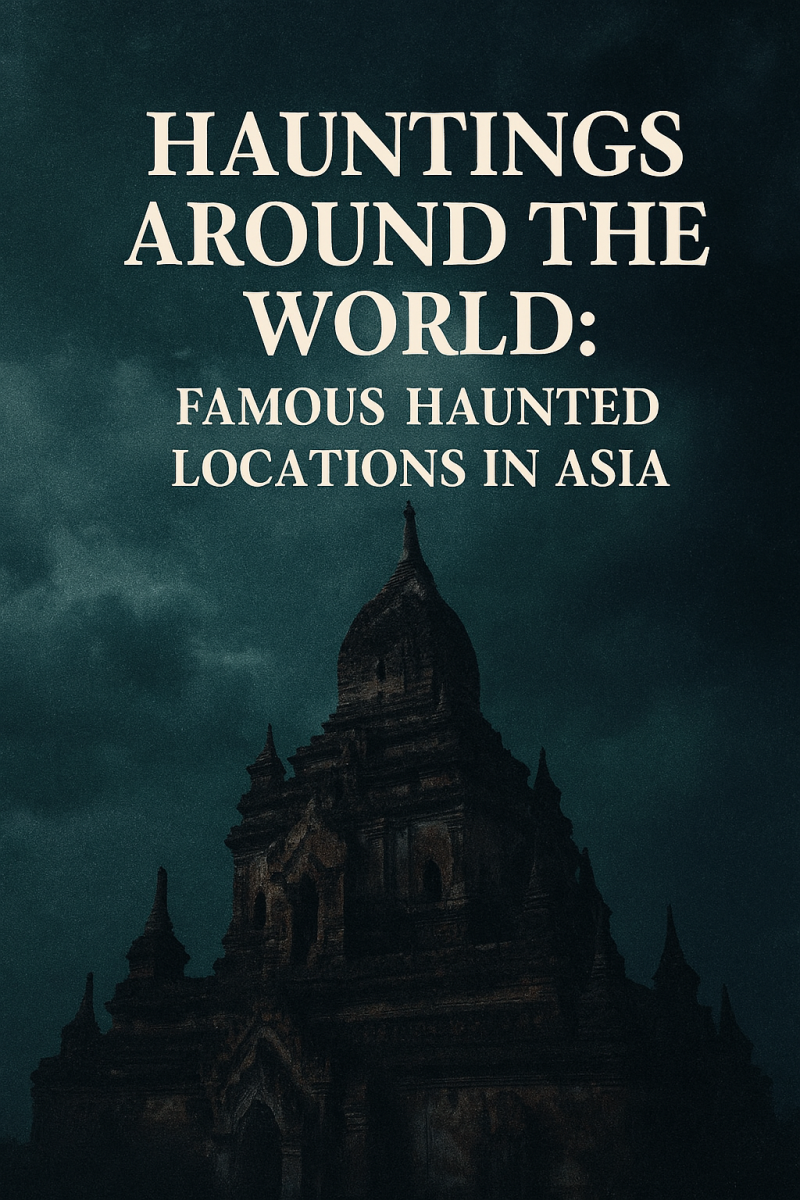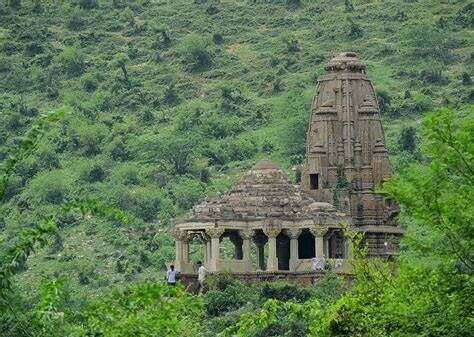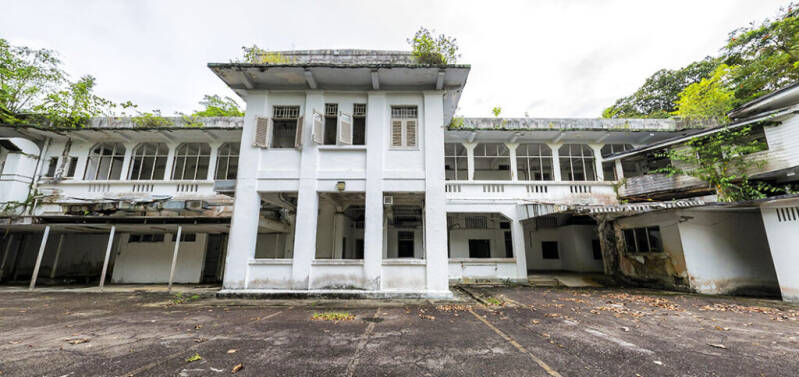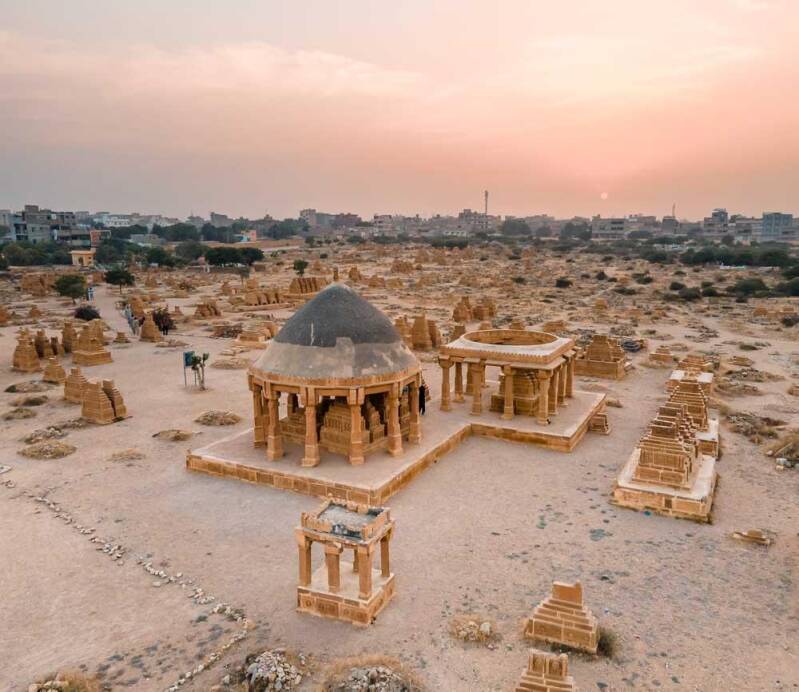
October is here, and with it comes a chill in the air and whispers of ghost stories that have lingered for centuries. Around the world, haunted places reveal not just fear of the supernatural but also deep cultural ties to history, tragedy, and memory. Asia, in particular, has countless locations where folklore, history, and mystery intertwine, creating legends that continue to captivate—and terrify—travelers.
Here are some of Asia’s most famous haunted locations, explored in depth:

1. Aokigahara Forest — Japan
Known as the “Sea of Trees,” Aokigahara sits at the base of Mount Fuji and has a long-standing reputation as a site of suicide. Beyond the modern association, the forest is deeply tied to Japanese folklore. It’s said to be inhabited by yūrei, or restless spirits, who are unable to pass on due to sudden or violent deaths.
Visitors report a heavy, almost suffocating silence—the sound of wind and birds seems muted—and some describe disorienting feelings, as if the forest is deliberately hiding its paths. Historically, Aokigahara was also used for ubasute, a legendary practice in which elderly relatives were abandoned in remote places to die. The intertwining of myth and tragedy has cemented its reputation as one of the most chilling forests in the world.

2. Bhangarh Fort — India
Located in Rajasthan, India, Bhangarh Fort is officially recognized as a no-entry zone after sunset by the Archaeological Survey of India. The legend that fuels its haunted reputation centers around a powerful tantric sorcerer named Singhia, who fell in love with the princess Ratnavati. When she rejected him, he cursed the fort and the surrounding town, dooming it to decay and abandonment.
Sightings here often include mysterious figures, ghostly sounds, and an unshakable sense of unease. Travelers and historians alike have documented accounts of objects moving on their own, sudden drops in temperature, and feelings of being watched. While some dismiss these experiences as folklore or imagination, the fort’s eerie atmosphere is undeniable.

3. Lawang Sewu — Indonesia
Lawang Sewu in Semarang, Central Java, is a Dutch colonial building whose name means “Thousand Doors.” Originally the headquarters for the Dutch East Indies Railway Company, it later became a prison and site of torture during World War II.
Paranormal investigators and urban explorers report headless apparitions, screaming voices, and flickering lights in empty corridors, all believed to be remnants of the prisoners who perished here. Its extensive underground tunnels add to the fear; these spaces are said to echo with cries of despair. Even today, guides recount chilling stories of apparitions in uniforms from the Japanese occupation, making Lawang Sewu one of the most haunted locations in Southeast Asia.

4. Oiwa Shrine — Japan
Oiwa’s story, immortalized in the kabuki play Yotsuya Kaidan, is one of betrayal, tragedy, and supernatural revenge. Poisoned by her husband, disfigured, and abandoned, Oiwa died in agony, and her spirit reportedly haunted him until his demise.
The shrine dedicated to her draws visitors seeking to appease her spirit, and actors rehearsing the play traditionally pay respects before performing, fearing misfortune if they neglect this ritual. Visitors report seeing ghostly reflections, strange shadows, and a lingering sorrowful presence. Oiwa’s story is a poignant reminder of how deep human betrayal and injustice can leave marks that echo beyond death.

5. Old Changi Hospital — Singapore
Constructed in the 1930s, Old Changi Hospital began as a military facility before becoming a general hospital. During the Japanese occupation in World War II, it reportedly served as a site for interrogations and torture.
Explorers describe cold spots, sudden feelings of dread, and ghostly figures that vanish when approached. Even nurses who trained there in later decades spoke of hearing muffled voices, unexplained footsteps, and the sensation of someone standing beside their beds at night. The hospital’s reputation has turned it into a site for paranormal tours and investigations, though its tragic history ensures that the stories never feel trivialized.

6. Chowkandi Tombs — Pakistan
The Chowkandi Tombs, located near Karachi, date back to the 15th–18th centuries and are the burial grounds of a wealthy local community. The sandstone structures are ornately carved with geometric designs, symbols, and sometimes figurative art, giving the site a hauntingly beautiful appearance.
Local legend claims the tombs are haunted by spirits who guard their resting place, particularly angered by those who enter disrespectfully or try to disturb the graves. Travelers report hearing footsteps when no one is around, feeling sudden cold chills, and even catching flickers of shadowy figures among the tombs at dusk. The combination of intricate artistry and eerie silence makes Chowkandi a place where history and the supernatural feel deeply intertwined.

7. Kuldhara Village — India
Kuldhara was once a prosperous Paliwal Brahmin village in Rajasthan but was abandoned overnight in the 19th century. Folklore says the villagers cursed the land to prevent anyone from settling there, after being pressured by a local ruler who demanded an impossible bride price from a young woman.
Today, Kuldhara stands deserted, with crumbling houses and empty streets. Visitors report unexplained lights at night, sudden temperature drops, and a feeling of being watched while exploring the village. The haunting legend, paired with the tangible remains of a lost civilization, gives Kuldhara a profound aura of mystery and melancholy that continues to attract curious travelers and paranormal enthusiasts alike.

8. Bagua Building — Taiwan
The Bagua Building in Taipei is an octagonal high-rise whose design is inspired by the Taoist concept of Bagua, meant to harmonize energy. Despite these intentions, the building has gained a reputation for misfortune and haunting, with locals linking multiple deaths, accidents, and unexplained tragedies to its floors.
Visitors and former residents report ghostly apparitions, sudden cold spots, mysterious noises, and objects moving on their own. Some attribute these experiences to restless spirits of past residents or negative energy trapped due to improper feng shui adjustments. The combination of modern architecture and traditional beliefs makes the Bagua Building a uniquely chilling urban haunt in Taiwan.
Why These Hauntings Matter
Haunted locations are not just about fear—they are windows into cultural memory, historical trauma, and human psychology. The stories of Aokigahara, Bhangarh, Lawang Sewu, Oiwa Shrine, Old Changi Hospital, Chowkandi Tombs, Kuldhara, and Bagua remind us that places retain echoes of the past, whether through folklore, tragedy, or unresolved histories.
As October unfolds, these stories invite us to reflect on life, death, and the lingering weight of history, while indulging in the thrill of the unknown. Would you dare to visit any of these haunted locations and confront the whispers of the past?
Add comment
Comments
I’ve read about Aokigahara Forest before and it always gives me chills. There’s something about a place where so much sorrow lingers that feels heavier than any ghost story.
Bhangarh Fort is legendary back home in India. My grandmother used to warn us never to even think about visiting after sunset. The stories of curses are so deeply ingrained in local culture.
I’m glad you mentioned the Chowkandi Tombs in Pakistan! People usually only talk about forts or palaces, but the carvings there feel like they’re watching you.
These places sound absolutely chilling! I’d honestly love to go ghost hunting in some of them—imagine the kind of energy you’d feel walking through Aokigahara or Old Changi Hospital at night. Gives me goosebumps just thinking about it. 👻
Lawang Sewu gives me chills just reading about it. My grandmother used to tell me stories about spirits in old buildings during the war. We really don’t forget the ones who suffered there.